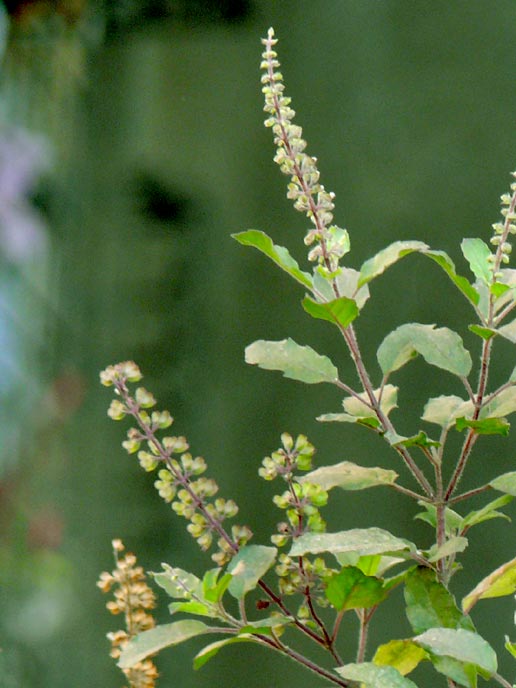Hindu culture follows something called 'Ekadashi Vrat' or fasting
on every 11th day of the lunar cycle i.e. 11th day (eka-dashi) from 'Poornima'
as well as 'Amavasya'. Legends are that eating rice on ekadashi day would
bring bad omen, also it is believed that fasting on ekadashi day get
all our sins forgiven by Lord Krishna. Believe me there is nothing of that
sorts and there is no religious reasons behind Ekadashi Vrat. Since we are more
of 'God Fearing' people rather than 'God Loving' people our intelligent sages
found this unique way of getting it followed by everyone in society for health
and spiritual reasons. Let us take the scientific look behind the 11th day of
every Lunar cycle.
We know that in
India full moon night are called as 'Poornima' and 'New Moon' night is called
as 'Amavasya'. This moon cycle is of 15 days - from poornima to amavasya. It is a proven scientific fact that the air pressure
in the atmosphere rapidly changes in the surroundings on a full moon day or on
the new moon day. The Sun-Moon-Earth combinations in the orbital path, when
distances itself at every particular interval (i.e. every 24 hours of for every
full circle the Earth rotates). When it occurs, accordingly the pressure in the
atmosphere too changes drastically and varies from day to day. One can
observe this from the increasing high tidal waves in the ocean. On any given
New Moon day or Amavasya the pressure increases in the ocean and the tidal waves
are very rough and high. But from the immediate next day onwards the pressure
recedes gradually thus improving the atmospheric pressure. So, particularly on
the 11th day from New Moon or Full Moon days, the pressure is somewhat very
light or nil.
In
the Indian Vedic system, there are different methods to calculate a
month. One such method is counting from the new moon day known as
Amavasya. The period between the new moon day till the full moon day it is
called as ‘Sukla Paksha’ or waxing moon; from the full moon day till next
Amavasya/new moon day, it is known as ‘Krishna Paksha’ or the waning
moon. In the celestial phenomena,
the Earth as well as moon raises and settles at the same time on Amavasya
and from the next day to Amavasya, moon is moving about 12 degree distance from
the solar path; on the Ekadasi day, i.e. 11th day from full moon the Moon stays
at a distance of about 135 degrees in the solar path that causes lesser gravitation
force and thus causing lesser atmospheric pressure. Thus fasting on an Ekadasi
day will not affect the body system as also feeling of hunger would be too
minimum.
If
one has to go with an empty stomach on any other day, the atmospheric pressures
will put on him or her more strain wherein on the Ekadasi day, the problem is
minimal or nil. So the body never takes the pain while we cleanse the bowel
system and thus refreshing the whole body mechanism - specifically the
liver/stomach/bowel and the system movements. But on the immediate next
day (called as Dwadasi or Dvadasi - i.e. 12th day from Full Moon/New Moon), to
avoid any pressure on the body system we must eat food in the morning as
early as possible.
We
do fast for health reasons because fasting helps in the detoxification of
the body. In medical context, fasting refers to the state achieved after
digestion of a meal. A number of metabolic adjustments occur during fasting and
many medical diagnostic tests for blood sugar, cholesterol levels are
standardized to fasting conditions. Thus fasting has medical reasons coated
with religious significance in India.
Those who observe Fasting on Ekadasi days
are keeping fittest health, cleansing their bowel system and mostly free from
frequent ailments. Also it’s not about fasting strictly but just to avoid grains
and oily (heavy) food. Eat light on this day to remain fit and healthy.
So guys, please don’t be
superstitious w.r.t. Ekadashi, its just that it’s the best day for observing
fast or eating light/dieting to get the best results.





